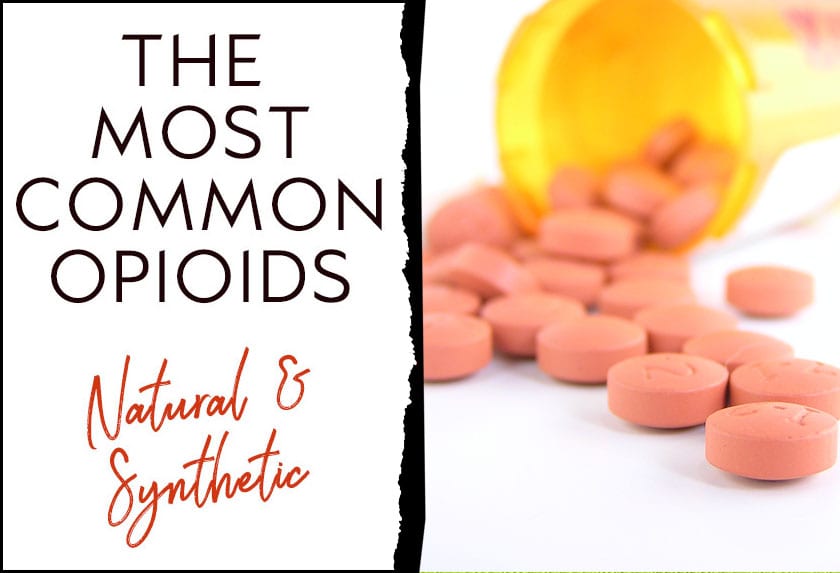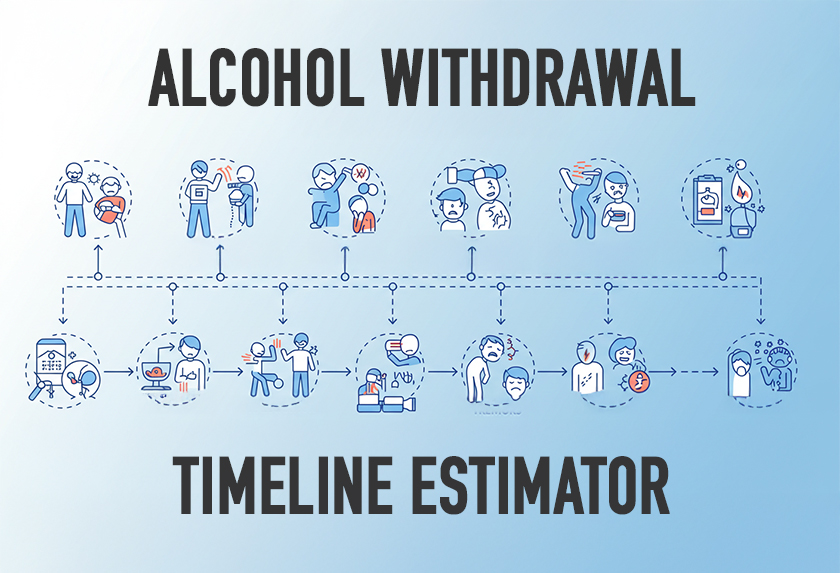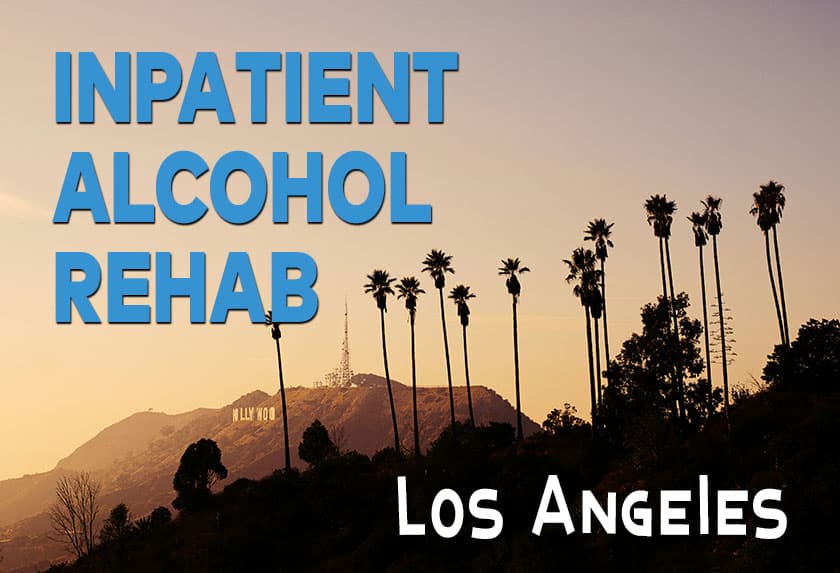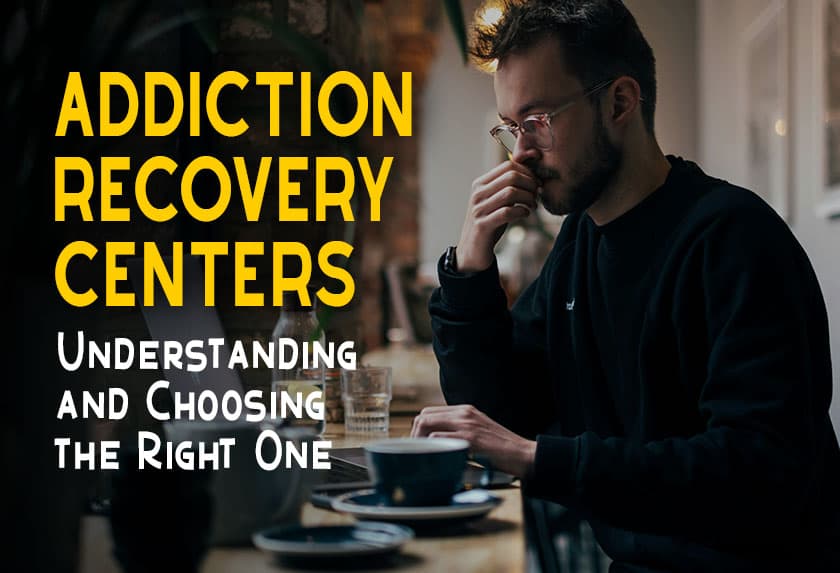Did you know that about 20 percent of American adults suffer from chronic pain?
It can be difficult to live life to the fullest when you’re suffering from chronic pain, let alone get through an average day. With chronic pain, even essential activities like taking a shower, brushing your teeth, or eating a meal can become agonizing chores.
However, even though using a natural or synthetic opioid could help relieve pain, it can also be a slippery slope toward deadly addiction. Whether it’s a legal prescription like oxycodone or methadone or illegal narcotic drugs like heroin, all of these can contribute to the death toll in this current opioid crisis.
It’s important to know about the different kinds of opioids because, as they say, knowledge is power. If you know what you’re dealing with, you can know how to use a legal prescription safely or get a loved one professional help if necessary.
Keep reading to learn all about some of the most common opioids, including natural and synthetic opiates.
1. Heroin
When it comes to a list of opiates, heroin is one of the most deadly drugs. Not only is it illegal but it also has no official medical uses, so you can’t get it with a doctor’s prescription.
The number of heroin overdoses increased by over 5 times in just 7 years starting in 2010 and it continues to claim thousands of lives.
The drug itself is a partly synthetic opiate that not only reduces pain but also impairs the user’s cognitive function and slows down their various autonomic functions, including their breathing. The user will usually experience a fast-acting and euphoric high and fluctuate between states of sleeping and awakeness.
Heroin can come in several different forms, including a white or brown powder and also a black and sticky substance that resembles tar. It can be injected, smoked, or snorted by the user.
The drug is highly addictive and is often abused to the point of an overdose. The symptoms of an overdose can include problems with breathing, confusion, cold and damp skin, a slowed heartbeat, blueness in the nails or lips, and very small pupils, among other signs.
If you think a loved one has overdosed then you should call 911 without hesitation.
2. Fentanyl
If someone is suffering from intense pain or chronic pain then their doctor may prescribe them fentanyl. What can make fentanyl particularly dangerous is that the drug can be anywhere from 50 to 100 times more potent than morphine.
It is classified by the United States Drug Enforcement Administration (DEA) as a Schedule II drug, which means that there is a high chance for severe physical and mental addiction. In short, the drug should be considered dangerous.
Aside from professional and medical use, Fentanyl is also made in illegal labs and sold on the streets. Because it’s cheaper than heroin, it’s been known to be used as a replacement for heroin or used to lace heroin so that a drug dealer can save money.
Fentanyl can come in a variety of forms, including sublingual tablets, lozenges, buccal tablets, and even in the form of sprays. Some people even abuse the drug by freezing the substance and then cutting it into pieces that can be chewed or sucked.
Even just small doses of fentanyl can be deadly and the drug is responsible for thousands of deaths a year.
3. Oxycodone
Oxycodone is another drug on the list of opioids that has been classified as Schedule II by the DEA. It can be prescribed by doctors to relieve severe, moderate, or prolonged pain in a patient.
There are several brands of oxycodone, such as OxyContin, Roxicodone, and Percocet. OxyContin, in particular, has an infamous reputation. Purdue, the company that created and marketed the drug brand, has had to pay out vast sums of money in connection with its supposed role in the American drug crisis.
The drug can come in different forms, including types that act on the body immediately and others that act on the body over a certain length of time. Addicts will often grind pills that are designed to act on the body over time so that they can get an immediate fix.
Pills that turn into a gooey substance after being ground up have helped to reduce the abuse of oxycodone but the new pill design is by no means a widespread solution to the problem.
In fact, many addicts who aren’t able get their fix from the new Oxytocin pills have switched to other drugs on the list of narcotics, such as heroin and fentanyl. This trend has increased the number of overdoses associated with those other drugs.
4. Oxymorphone
Oxymorphone is a potent drug that is prescribed by doctors to treat severe pain when the patient is unresponsive to other drug options. Oxymorphone is sold under the brand name Opana. Because it’s about twice as potent as Oxytocin, many addicts have switched to abusing Opana after Oxytocin was made with abuse deterrence in mind.
Instead of crushing up Oxytocin tablets, addicts started doing the same thing with Opana tablets. However, Endo Pharmaceuticals, the company that created Opana, changed the way they made the tablets so that drug abusers would not be able to snort them once crushed because of a special coating.
Despite those measures, drug addicts still have the option of crushing up Opana and injecting it to achieve a powerful high.
Overall, oxymorphone is highly addictive and can lead to severe physical dependence.
5. Hydrocodone
Hydrocodone is yet another drug on the opioids list that has been classified as Schedule II by the DEA. While hydrocodone is a powerful painkiller that can be obtained from a doctor’s prescription, the drug can also be used for its antitussive properties. “Antitussive” means that it can help with the suppression of coughs.
Because of its antitussive properties, you can also find hydrocodone in certain formulas that are made to treat a case of the coughs or a general cold.
Although prescriptions of hydrocodone are meant for oral use, usually in the form of tablets, drug abusers will often snort, smoke, or inject it.
Various brands of hydrocodone include Vicodin, Norco, Lortab. Vicodin, in particular, is a brand that has been abused by teenagers in high school.
Hydrocodone is the number one cause of overdoses when it comes to prescription abuse of opioids. The DEA instructs people with prescriptions for hydrocodone to use extreme caution when taking the drug.
6. Morphine
Morphine is a natural opiate but that doesn’t mean it’s 100 percent safe to use, of course. It’s harvested as an opiate alkaloid from the poppy plant. Morphine is treated at pharmaceutical companies and used in hospitals for the management of severe and prolonged pain.
It’s also popular in hospitals as a way to sedate patients before the beginning of surgery. In fact, America is the number one user of morphine.
While morphine has many practical and medical uses, it can still be abused and can quickly cause addiction.
Nowadays, morphine can be found in a variety of forms, including tablets that work instantly or over time, rectal suppositories, and oral solutions.
Injecting morphine, rather than ingesting it, is usually the method of choice for drug abusers because it provides them with a fast-acting high.
7. Codeine
Codein can be made using two different methods. The first way to make codeine is to get it from the opium poppy plant naturally and use that to make pharmaceutical drugs that doctors can prescribe to their patients. The second and most popular way is to use the chemical foundation of morphine as the basis of a synthetic process.
Despite the involvement of morphine in the synthetic process, codeine is generally less potent and milder when used as a painkiller. Like hydrocodone, codeine possesses antitussive properties, so it can also be used to treat coughs and is often prescribed for such a cause.
Although codeine is not as addictive as some of the other more powerful opioids in this list, it can still present a danger to health if abused by the user.
Not only can a physical dependence develop but it’s also possible to overdose on codeine. It is usually abused by the user taking more than the prescribed dose or by combining the codeine with other drugs or alcohol.
8. Methadone
Methadone is a synthetic opioid that can be prescribed by doctors to alleviate pain but it’s also used in methadone clinics to help opioid addicts slowly wean themselves off their addiction. That way, methadone can alleviate the symptoms of withdrawal during the process of drug replacement therapy and detoxification.
Methadone clinics usually give their patients methadone in the form of a liquid, pill, or wafer one time a day.
The reason that methadone is used during drug replacement therapy is that it is one of the most long-lasting opioid agonists and can remain potent in the user’s blood for almost an entire day. With this fact in mind, professionals at a methadone clinic will help addicts recover by prescribing methadone in gradually lower doses so that the symptoms of withdrawal are put under control. They will also reduce the number of times that they give the patient methadone over time.
However, methadone is not a cure in and of itself. It’s still an opioid and it can be abused and can cause physical addiction like the other drugs on this list. In fact, methadone is among the most common drug to be found in cases of deadly overdoses.
9. Hydromorphone
Hydromorphone is a very potent drug that hospitals rely on for the pain management of certain patients who suffer from either acute or chronic pain. The brands of hydromorphone include Dilaudid and Exalgo. The drug can come in the form of pills that are fast-acting or prolonged and as both oral and intravenous solutions.
Hydromorphone can be obtained by drug abusers in a variety of ways, including fake prescriptions, medical malpractice, and theft from pharmacies and elsewhere. Another way to illegally obtain hydromorphone for abuse is to do what is called “doctor shopping.” Doctor shopping is when a patient sees multiple doctors with the goal of getting multiple prescriptions.
A drug abuser will usually snort, smoke, or crush tablets so that they can be injected into the bloodstream.
Similar to how synthetic codeine is made, hydromorphone is created using morphine and the end result is a drug that is extremely powerful and dangerously addictive. When abused, hydromorphone has a high chance of causing an overdose.
10. Carfentanil
Carfentanil is similar to fentanyl except that it’s used by veterinarians as a general anesthetic for animals that are fairly big. It is sometimes referred to as an “elephant tranquilizer” because it’s extremely powerful. For example, it can sometimes be as much as 10,000 times more potent than morphine, according to the DEA.
Keeping that staggering fact in mind, it shouldn’t be surprising that carfentanil can be fatal even in small doses and is very addictive.
Drug abusers should be extra wary because carfentanil can sometimes be laced within heroin. It even looks like heroin or cocaine because of its white, powdery consistency.
There are many dangerous drugs out there, but carfentanil is one of the most powerful.
Are You Ready to Recover From Natural or Synthetic Opiates?
Now that you know all about some of the most common opioids, including natural and synthetic opiates, you can use your prescription safely or begin to help anyone who’s suffering from addiction.
Revive Recovery & Detox Services offers a caring environment and high-quality treatment services so that you or a loved one can get the help they need. Alcoholism and addiction shouldn’t have to ruin or end lives. Under our care, you can have the peace of mind knowing that you or your loved ones are being treated by trained professionals with big hearts.
If you have any questions about our highly-rated services, feel free to contact us. We’re always happy to help.





